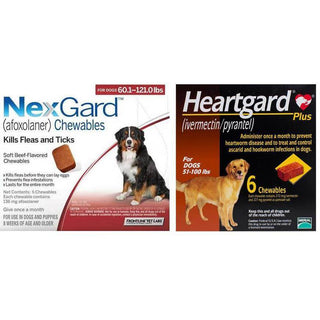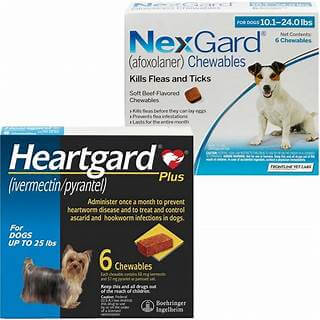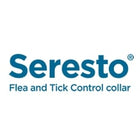
Every cat owner is familiar with their furry friend’s obsession with self-grooming. However, this grooming habit can sometimes lead to unintended risks, such as licking flea treatment after application. But what happens if your cat licks flea treatment? Could it be harmful? And what steps can you take to ensure they don’t ingest it? Let’s explore these concerns and learn how to keep your cat safe.
Is It Dangerous for Cats to Lick Flea Medicine?
Topical flea and tick treatments are an effective way to protect cats from parasites like fleas and ticks. These treatments are designed to be safe for external use when applied correctly to the skin. However, they are not meant to be ingested.
Cats may sometimes be tempted to lick the application site due to the product’s smell or taste. Additionally, their natural grooming habits might lead to accidental ingestion. If this happens, the ingredients in the flea medicine could be harmful or toxic to your cat. Taking precautions to prevent this and ensure your pet’s safety is essential.
What Happens If a Cat Ingests Flea Treatment?
If your cat accidentally ingests flea treatment, it may experience symptoms of poisoning, which can include:
- Excessive drooling
- Vomiting
- Diarrhea
- Seizures
- Tremors
- Itchiness
- Muscle twitching
- Shaking or trembling
If you notice any of these signs or suspect your cat has licked flea medicine, it is crucial to contact your veterinarian immediately. Quick action can help minimize serious health risks and ensure your cat gets the care it needs promptly.
Tips to Stop Your Cat from Licking Flea Treatment
To ensure your cat’s safety and prevent them from licking flea medicine, you can take the following precautions:
Follow the Instructions Carefully
Always use flea and tick treatments as directed on the product label. Read the instructions thoroughly, and consult your veterinarian if you have any questions or concerns.
Apply in Hard-to-Reach Areas
Flea treatments are typically applied to the back of the neck or the base of the skull—areas that are difficult for cats to reach with their tongues. Ensure you follow the manufacturer’s guidelines for application.
Supervise After Application
Keep a close eye on your cat after applying the treatment. If they attempt to lick the application site, distract them with toys, treats, or playtime until the product has dried.
Separate Pets Temporarily
If you have multiple pets, isolate the treated cat for a few hours to prevent others from licking the application site. This will ensure the treatment has time to absorb fully.
Consider Alternative Treatments
If preventing your cat from licking the treatment proves challenging, switch to alternatives like flea collars or chewable flea medications. These options eliminate the risk of ingestion from topical applications.
By implementing these simple measures, you can protect your cat from ingesting flea medicine and reduce the likelihood of adverse reactions.
The Bottom Line
Preventing your cat from licking flea medicine is crucial for their safety. By carefully following application instructions, monitoring your pet, and considering alternative treatments, you can effectively protect your feline friend from accidental ingestion and ensure their health and well-being. Always consult your veterinarian for the best flea treatment options tailored to your cat’s needs.






